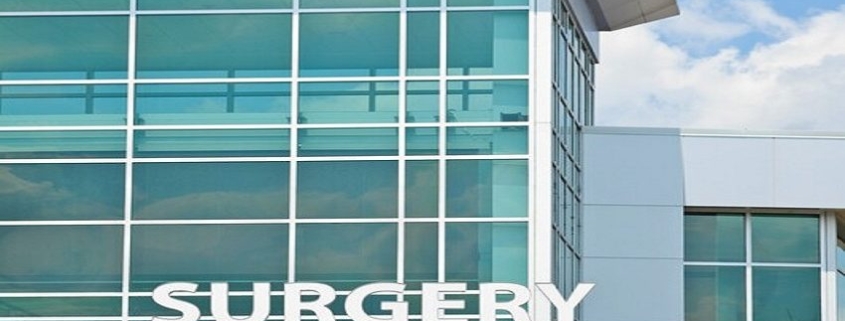Some hospitals are getting into real estate.
The reason? Cut skyrocketing healthcare costs and improve patients’ prognoses.
Peg Burnette, Chief Financial Officer at Denver Health, says they have about 30 patients a month who do not have somewhere to go after treatment at the Level 1 trauma center. Reasons range from homelessness, to dementia, mental health and other problems. Having a safe discharge is required. Generally, hospitals cannot simply push patients out the door because of ethics, malpractice and Medicare rules.
“Insurance will not pay after a patient’s immediate needs have been treatet,” Burnette says, “We could be receiving revenue from a patient who needs hospitalization, but instead. we’re covering the cost of that patient occupying a bed.”
That means fewer available beds to the community when someone cannot be discharged.
Denver Health has partnered with Denver Housing Authority to renovate and reopen a dormant building on the hospital campus. When complete, it will be low income senior housing, but a floor will be leased back to the hospital. Fifteen units will be dedicated to people occupying beds at Denver Health. After their hospital stay, they will be temporarily placed on the floor, while permanent housing is coordinated.
Each stay runs an average of $2,700 a day at Denver Health. As a safety net hospital, it has a mission to take care of all patients, regardless of ability to pay. The hospital has crunched the numbers. Providing transitional housing will save quite a bit, considering patients in limbo have overstayed anywhere from a dozen to more than a 1,500 extra days. Temporary housing will cost $10,000 a year, per resident.
“The first step is to identify those in unstable situations,” Denver Health Hospitalist Physician Dr. Sarah A. Stella said. “Information given at admission can be inaccurate and the signs are not always obvious. They know you can’t fix it, but they appreciate being asked. And asking about that leads us to take better care of people. Recovery continues after the hospital stay. It can be much more difficult to heal or manage chronic conditions if patients are worried about their next meal or sleeping on the street. When I see patients who are controlling their diabetes or doing a pretty good job of it, despite their homelessness, I want to give them a big hug. I want to give them a medal, because that is really an impossibility.”
University of Illinois Hospital & Health Sciences System (UI Health) has also put money into the housing problem. Its Better Health Through Housing partnership with the Center for Housing and Health started with $250,000. It works to move patients from emergency rooms into housing with “intensive case management.” The pilot started with 26 patients and by next year, it expects to house 75 patients.
Dr. Stephen Brown, Director of Preventive Emergency Medicine at University of Illinois Hospital in Chicago, echoed the same concern as Dr. Stella in Denver.
“Homelessness tends to be invisible in health care,” Dr. Brown said.
Brown noted that hospitals operate on thin margins and do not go looking for problems,
“But if you begin to document it, you will find it. And if you find that, you have to do something about it,” said Dr. Brown.
The hospital went through its records dating back to the late 1990s and found evidence of 10,000 patients believed to be homeless. According to research cited in a report by the American Hospital Association (AHA), health inequities are projected to cost the health care system $126 billion by 2020.
“On average, those with unstable housing have a life expectancy 27 years less than those with stable housing.” says AHA Chief Medical Officer Dr. Jay Bhatt.
AHA’s Hospital Community Cooperative Program is working in 10 markets across the country to address social needs.
“Investing in housing solutions could help cut down on burnout among providers because care teams can see patient success,” Bhatt adds,
As for the future of programs like the one in Chicago, Brown said he envisions coordinated care across the criminal justice system, first responders, city agencies and more.
“We’re just a hospital and we’re a player in this,” Brown said. “But it really requires a cross-sector approach to solving this really kind of wicked problem in society.”
In the end, these initiatives can save money for all patients and taxpayers.
“When we have patients who we don’t have funds to cover, we have to receive more money from insurance and there’s been a lot of talk about the cost shift,” Burnette said. “As consumers, we want to pay lower premiums and I think this is a good way to start to get at that issue.”
Click here to view Fox News video ‘Hospitals Across The Country Look To Expand Housing For Homeless Patients‘
Source: Fox News




